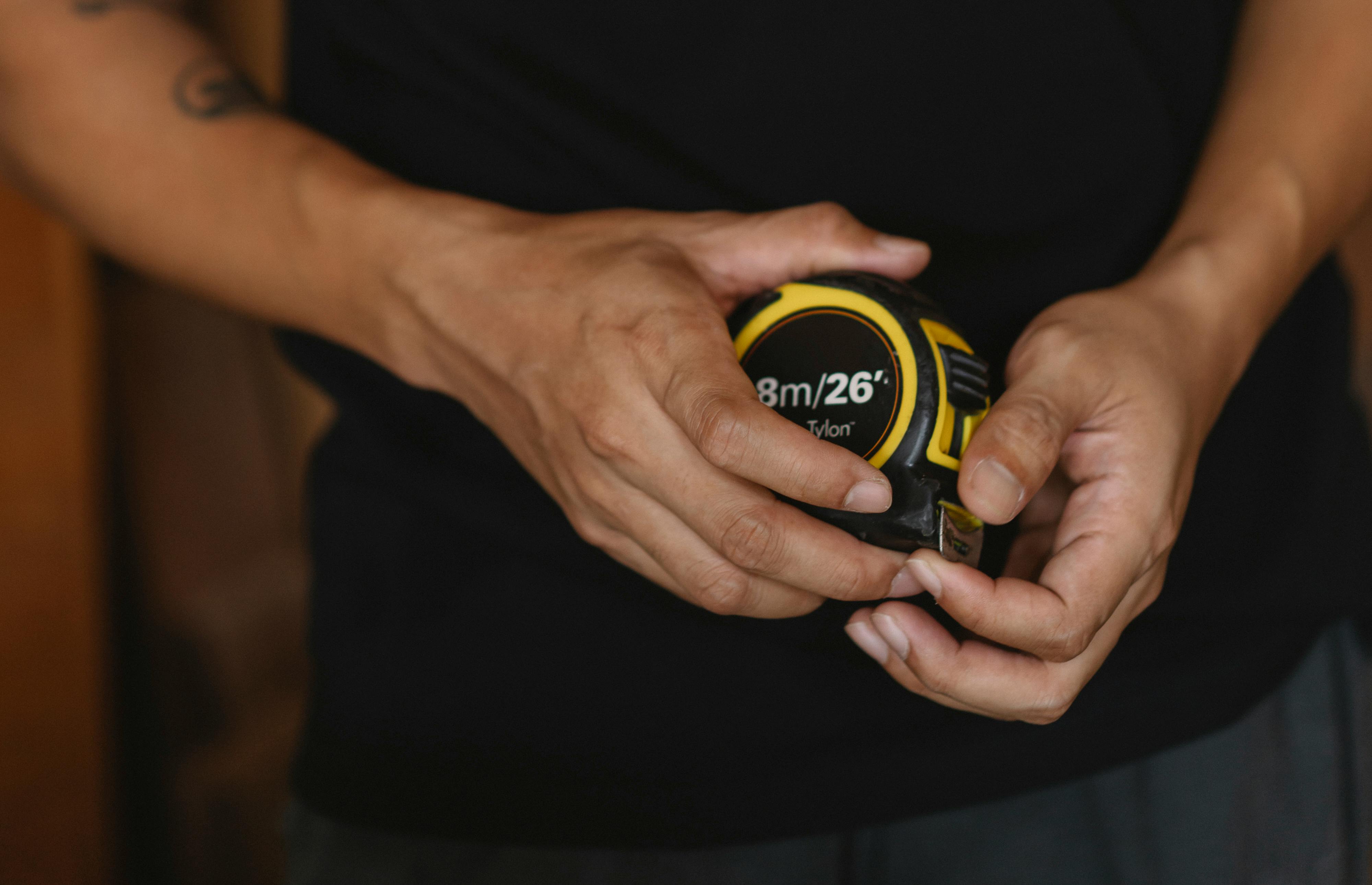
Significant Benefits of the Mini C-Arm
Since digital technology emerged, it has given rise to many amazing innovations in the medical sector. One of those innovations is the mini C-arm, which works on the basis of digital electronics and offers benefits that did not exist years ago. The Advanced C-Arm has special features such as digital imaging technology, easy portability, and accessibility to imaging at multiple points at once. In addition, this technology allows the transmission of images from one place to another without compromising the quality of the image.
The C-arm system is based on fluoroscopy images. DNA can be transformed by X-rays which leads to ionization of the atom which results in free movement of electrons i.e. produces current. A current value of around 3-6 mA is used to perform fluoroscopy, which uses a voltage of around 80-125 kVp. The way the x-rays are produced depends on the current through the x-ray tube, but an increase in voltage can increase sensitivity.
Fluoroscopy Components
Voltages and currents can be adjusted through the X-ray generator’s X-ray tube, which works to convert electrical energy into an X-ray beam. The collimator uses blades to determine this beam, while the patient’s table together with the pad they support the patient’s body, minimizing X-ray attenuation to the side. The X-rays are converted by the image intensifier and the image quality is improved.
Electromagnetic radiations are called X-rays, which, when they hit a tissue, end up completely infiltrating or being totally or partially absorbed with the scattering. The former indicates the production of an image, while the latter suggests no image production. With partial absorption, it means an image that comes out with scattered radiation that can harm theater personnel. C-arm technology was introduced for the same purpose.
Significant advantages provided
Fluoroscopic imaging systems use X-rays to produce images. However, the mini C-arm offers more advantages compared to standard C-arm technology. Being smaller in size, this technology paves the way for better access to the workplace.
The various benefits it offers include:
- easy to operate
- Does not require x-ray
- Reduce costs
- cut delays
- Reduce projection time
- Reduces the risk of radiation with scatter
- Ease of immediate printing
- Improved maneuverability
- better accuracy
Mini C-arms have shown the potential to reduce stray radiation dose to the surgeon, patient, or operating room staff.
Applications
A wide range of medical procedures, including ankle, hand, or foot surgery, require a C-arm. Stress views, bunion surgery, fracture dislocations, intra-articular injections, and fracture fixations can be easily detected with the mini version of this technology.